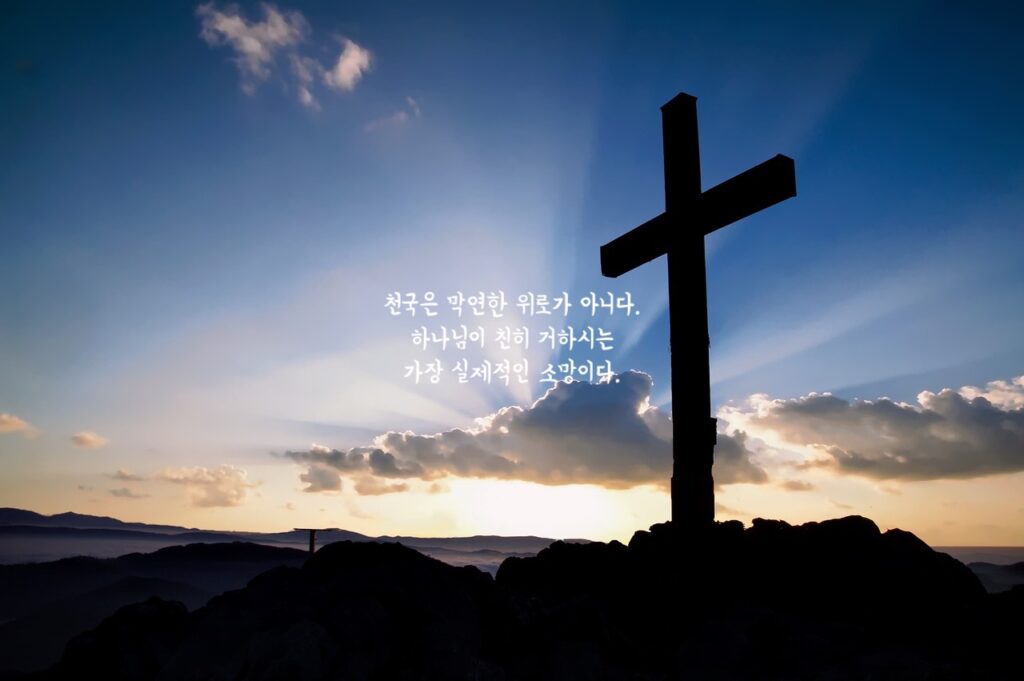The Bible is not a single book but a compilation of 66 texts written over thousands of years by various authors. What we now know as the “canon” of Scripture was formed through extensive theological deliberation and historical discernment. The term “canon” comes from the Greek word kanon, meaning “measuring rod” or “standard,” and refers to the authoritative list of sacred writings. Yet, surprisingly, many are unaware of how, when, and why these particular books were chosen. This article traces the complex journey of canon formation and explores the foundational question: “Why were these books selected as Scripture?”
The Formation of the Old Testament Canon: A Tradition Rooted in the Torah
The foundation of the Old Testament lies in the Torah—the five books of Moses (Genesis through Deuteronomy)—which record God’s law and Israel’s origin. As other texts such as Samuel, Kings, Isaiah, Jeremiah, Psalms, and Proverbs gained liturgical and educational use within the Jewish community, their authority gradually solidified.
By the 5th century BC, during the time of Ezra and Nehemiah, public readings of the Law became widespread, highlighting the need for an official collection of sacred writings. Though the exact timeline of Old Testament canonization remains debated among scholars, most agree that by the 2nd century BC to the 1st century AD, Jewish rabbis had organized the Hebrew Scriptures into 24 books, forming the foundation of the Tanakh. This Hebrew structure was later divided into 39 books in the Christian tradition.
The Septuagint and the Apocrypha: Blurred Boundaries and the Spark of Canonical Debate
The Septuagint, the first Greek translation of the Hebrew Scriptures, included several books not found in the Hebrew Bible—texts like Tobit, Judith, Maccabees, Wisdom, and Sirach. While these were read for edification, Jewish communities largely did not recognize them as divinely inspired.
However, the early Christian church widely used the Septuagint, including its apocryphal texts, in worship and teaching. This use continued into the patristic era. Augustine, for example, partially accepted these texts as “Deuterocanonical,” while Jerome, translator of the Latin Vulgate, rejected them in favor of the Hebrew originals. These divergent views eventually influenced the canonical distinctions between the Roman Catholic and Protestant churches.
The New Testament Canon: Apostolic Authority and Ecclesial Discernment
The process of forming the New Testament canon was more intricate and contentious. Between Christ’s ascension and the end of the 1st century, Gospels and epistles circulated across diverse Christian communities. These writings were evaluated based on their apostolic origin and doctrinal consistency. The Gospels of Matthew, Mark, Luke, and John, along with Paul’s letters, quickly gained recognition due to their theological depth and widespread use.
Nevertheless, many texts remained in dispute. Works like the Epistle of Barnabas, Gospel of Thomas, Apocalypse of Peter, and Shepherd of Hermas were once considered “semi-canonical.” The early church engaged in prolonged debate, seeking to discern which writings were universally inspired and aligned with apostolic teaching. This process culminated in AD 367 when Athanasius listed the now-familiar 27 New Testament books in his 39th Festal Letter.
Canon, Apocrypha, and the Ongoing Significance of Distinction
Canonization was not simply a bureaucratic process of listing books; it was the church’s spiritual journey of distinguishing divine revelation from human tradition. The result was not uniform across all traditions. While the Eastern and Western churches eventually accepted the 66-book canon (or more), regional and theological differences persisted. Understanding these differences prompts deeper reflection on what we recognize as God’s Word today.
Catholic and Protestant Canons: A Lasting Debate Over the Apocrypha
At the Council of Trent (1546), the Catholic Church officially declared seven apocryphal books—Tobit, Judith, Wisdom, Sirach, Baruch, and 1 and 2 Maccabees—as part of its canon. These texts support doctrines such as purgatory and the intercession of saints and are used in Catholic liturgy and catechesis.
In contrast, Protestant reformers, particularly Martin Luther, excluded them on the grounds that they were not in the Hebrew Bible. Luther acknowledged their value for moral instruction but denied them equal authority. The earliest Korean translations of the Bible even included the Apocrypha in appendices, though this practice was later abandoned.
Today, Protestantism affirms 39 Old Testament books (based on the Hebrew canon) and 27 New Testament books, while Catholicism holds to 73 books in total. Eastern Orthodox traditions accept even more, depending on regional practices. These differences are not merely about volume; they reflect divergent understandings of revelation and ecclesial authority.
The Eastern Orthodox Perspective: A Broader and More Organic Approach
Churches such as the Ethiopian, Syriac, and Armenian Orthodox accept a wider canon, including texts like Enoch, Jubilees, and the Book of Shem. These churches often assess canonicity based on longstanding liturgical use and communal impact, seeing such writings as inspired by their spiritual utility rather than strict historical authorship.
This diversity underscores that canon formation was not a closed, singular event but a dynamic process of discernment. The canon is a living question—revisited and reaffirmed through each generation of believers.
Where Does Canonical Authority Come From? Church Decision or Divine Revelation?
Why do we trust these 66 books? Evangelical theology offers this answer: “The church did not create the canon—the canon revealed itself within the church.” This perspective, known as “canonical epistemology,” holds that Scripture’s divine inspiration was recognized, not conferred, by the early Christian community.
The canon is fixed, but our reverence for it must remain fresh. It is not merely a legal list but a testimony of how God’s Word has lived and moved within His people.
Why Canon Debates Still Matter Today
Today, we continue to wrestle with the authority and interpretation of Scripture. Some liberal theologies dismiss its divine status, while rigid literalism neglects historical and cultural context. Canonical reflection remains essential as it asks: What do we acknowledge as God’s voice? Who governs our lives?
Reading apocryphal or deuterocanonical texts is not inherently problematic. Studying how the early church engaged with and ultimately excluded certain books can enrich our faith and sharpen our discernment. What matters is not assigning equal authority to all texts, but recognizing the theological reasons for their distinction.
The concept of canon still holds weight in the church today. It reflects God’s enduring communication with humanity—a standard of divine revelation, preserved and confirmed through His people. The canon testifies that God continues to speak, and we are still listening.
Maeil Scripture Journal | Bible Knowledge Plus




